Main Types Of Solar Batteries
After selecting your desired needs, loads and the optimal voltage, we can start moving on to the next step, selecting the most important part of the solar system: the battery.
Solar batteries preserve harvested sunlight to be utilized later as needed. With these backup reserves need not fear power interruptions from storms or outages on the grid.
There are a lot of types of batteries, but we are going to discuss the most common and main types of batteries.
Lead-acid
Lead-acid batteries have the longest history in the solar industry. Renowned for their reliability and value, these batteries remain a popular choice. However, lead-acid batteries can only sustainably discharge to 50% capacity before lifespan is impacted, so careful charging and management is important.
Lead-acid batteries come in two main types: flooded and sealed.
Flooded Lead-acid
Flooded lead-acid batteries offer the most cost-effective entry point. They are called “flooded” because they contain a liquid electrolyte solution of sulphuric acid that floods the lead plates inside the battery.

Some advantages are its strong suiting of high-current demands and tolerance of cooler charging climates. Wide availability and recyclability and also make flooded lead units practical in many regions. Reliability is generally good as well.
On the other hand, that electrolyte brings high maintenance needs, like periodic distilled water topping to replace evaporation. Life expectancy also tends to be the shortest of the lead types, and has some performance weaknesses that you have to design around such as voltage sagging as the battery discharges.
Sealed Lead-acid
Slightly more costly than flooded lead-acids are Absorbent Glass Mat (AGM) and gel cell batteries, collectively known as sealed lead-acids. By hermetically sealing the acid within a saturated glass mat or jelly-like medium, these models offer a lower lifetime cost through reduced servicing. Their enclosed construction also eliminates the risk of acid spillage for safer handling.

These batteries don't require the same level of maintenance as flooded lead acid and lasts slightly longer in terms of cycle life, but the performance is usually pretty much the same or maybe very slightly better than flooded.
Pros:
- Affordability
- Safety
- Reliability
- Temperature adaptability
Cons:
- Bulky and take up a lot of space
- Limited lifespan: Typically last 3-5 years
- Maintenance Require
- Slow charging & discharging
For budget-focused off-gridders unconstrained by space/weight, lead-acid batteries offer a time-tested balance of affordability and functionality.
Best For: An off-grid system or backup power during power outages.
Lithium-ion
Lithium-ion chemistry has emerged at the forefront of residential solar storage thanks to advancing technology lowering costs. Offering mid-range power alongside a more competitive price tag, lithium has become a staple option.

It facilitates greater energy utilization by allowing up to 80% depth of discharge without life span impacts - a marked improvement over the 50% ceiling for lead-acid. Faster recharging cycles are another boon.
Under the hood, a lithium pack consists of multiple cells wired together to achieve higher voltages or capacities as required. They are lightweight and portable, making them ideal for applications where mobility is required.
Pros:
- High Energy Density
- Longer Lifespan: Last up to 10 years or more
- Fast Charging
Cons:
- Safety Concerns
- Temperature Sensitivity
- Recycling Challenges
As adoption grows, lithium-ion is proving itself a high-performing renewable enabler. While upfront outlay still exceeds lead alternatives, total savings on energy bills and maintenance over the battery's multi-year lifespan helps justify the investment for suitable homes.
Best For: Residential and mobility solar installations.
LiFePO4
As a subset of lithium-ion batteries, LiFePO4, or lithium iron phosphate, has rightfully earned its reputation as the premier residential solar battery. Composed of lithium, iron, and phosphate ions, its enhanced chemistry delivers unmatched safety, performance, longevity and price relative to competitors.

This chemistry has been heralded by experts as ideally suited for both stationary solar arrays and portable power units alike, such as the versatile OUPES Mega 5. LiFePO4 cells truly excel in off-grid and industrial applications demanding all-day power in compact form factors.
Key to its acclaim is LiFePO4's improved safety resulting from its inherent thermal stability. This, combined with extended lifespan, temperature tolerance, and energy density, makes it the go-to for applications where protection, dependability and energy optimization are priorities. Some of its core advantages include:
Pros:
- Reduced fire risk even under extreme conditions
- Higher cycle counts of 1500+ charges
- Wider operational temperature range
- Lighter weight for mobility
- Stable voltage output during discharge
- Fast charging
Cons:
- Cost More
- Lower voltage
In short, for homeowners or adventurers seeking a renewable energy partner as safe as it is powerful and enduring, LiFePO4 batteries are a sure bet worth considering. Their reputation for reliability in stationary and mobile use cases is well-deserved.
Best for: Portable solar power systems, backup power, EV, and other solar energy applications.
Nickel-Cadmium Batteries(Ni-Cd)
While rarely seen in homes due to size and costs, Ni-Cd batteries remain popular for commercial/industrial solar thanks to their durability. Capable of deep cycling 80-100% daily with minimal life impact, they deliver reliability over massive charge/discharge volumes.

However, their energy density leaves something to be desired. Additional weight and bulk are tradeoffs for longevity - with lifespans reaching an impressive 20+ years.
Other downsides include higher self-discharge when idle compared to competitors. And upfront costs, while below lithium, can still challenge certain large-scale budgets.
Pros:
- Excellent performance in extreme conditions
- Higher discharge capabilities of 80%–100%
- Life span up to 20 years or longer
- Low maintenance
Cons:
- Its toxic components make it harmful to the environment
- Lower stored power retention than other battery types
- Not available for residential solar systems
These rechargeable batteries have a lower energy density, making them heavy and bulky, it also costs more than lead-acid batteries but less than the lithium-ion.
Best For: Large-scale solar installations and commercial projects.
Flow Batteries
Flow batteries tap the potential of liquid electrolyte chemistry to offer scalable solar storage. Two solutions flow between tanks, fueling chemical reactions during charge and discharge. Adding tanks multiplies capacity linearly - ideal for large facilities.

This design facilitates complete cycling with minimal waste. However, tank sizing and weight presently constrain energy density. Significant real estate is also required as tanks multiply.
Frequent electrolyte maintenance presents operational challenges. But a 20+ year lifespan rewards upkeep. Enviro risks are non-existent too, since chemistries stay benign. Cost currently limits residential viability.
Pros:
- Ability to add tanks makes storage capacity customizable
- Excellent efficiency and life span of 20 years or longer
- Nontoxic and nonflammable components for improved safety
Cons:
- Too expensive for residential use
- Low power density due to internal tanks’ size and weight
- High-maintenance
Best For: Large-scale installations. There is currently no residential version available at an affordable price.
Tips for Choosing Solar Battery Types
Batteries are truly the heartbeat of any solar power system. To maximize efficiency and lifespan, careful consideration is key.
Lithium-ion and lead-acid batteries remain popular for homes, RVs and more. By weighing your unique needs like space, budget and climate, the optimal chemistry emerges.Factors like cycle life, backup time required and desired service years must inform the decision. Lithium often excels for compact arrays or mobility.
Evaluate each option's cycling abilities and look for a reputable brand with a strong performance warranty, all of the OUPES power stations use LiFePO4 batteries and come with a 36-month warranty, ensuring peace of mind.
Following a thoughtful selection process will lead you to a solar battery optimized for your application and budget. One empowering energy independence through efficient, durable service for years to come.
Regardless of chemistry, the best choice energizes your specific goals. With due diligence, you're sure to find a solar champion powering adventures for sun seasons to come.






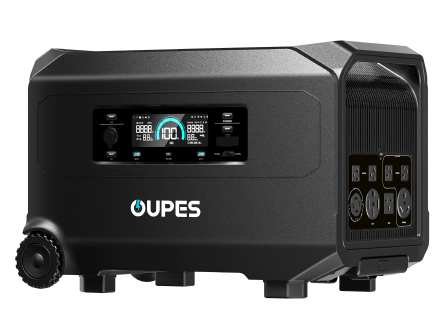
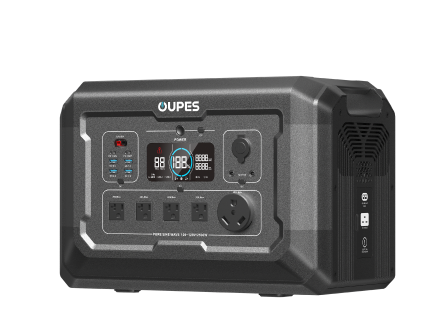
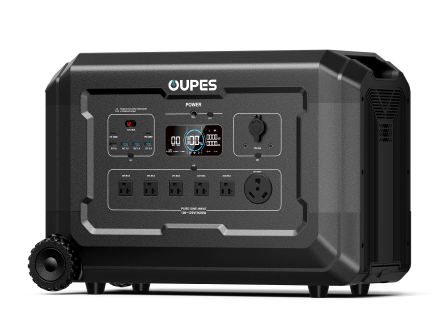
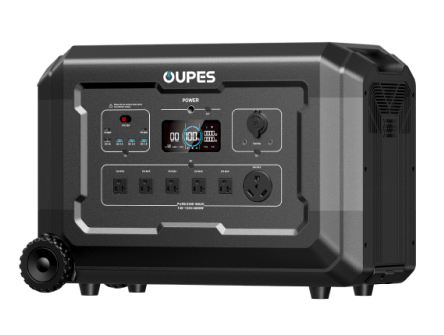
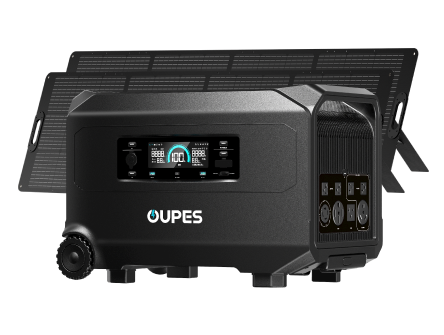

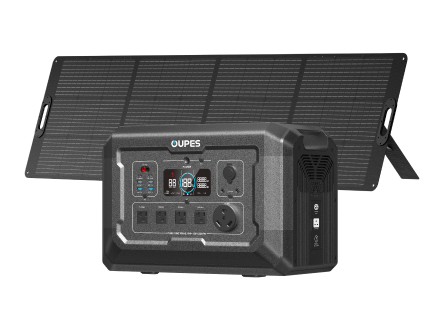

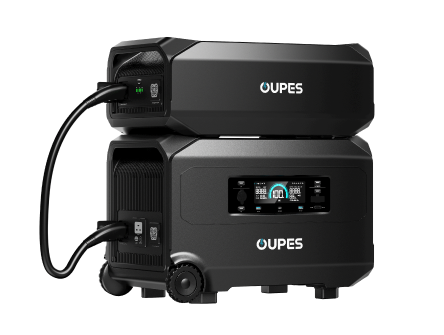
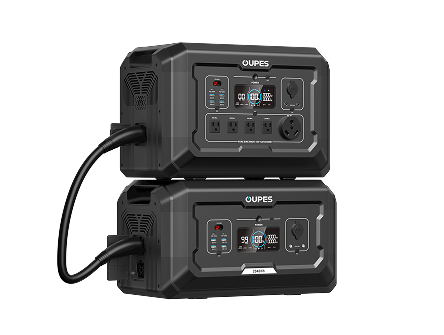
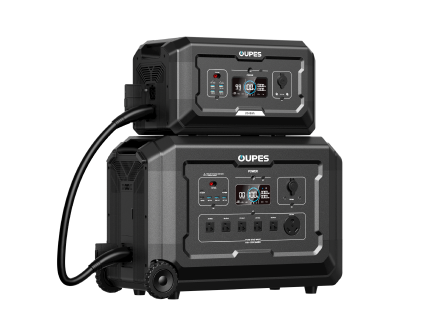
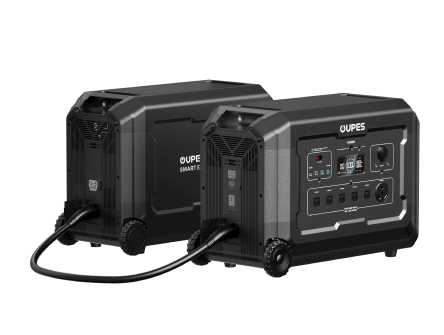
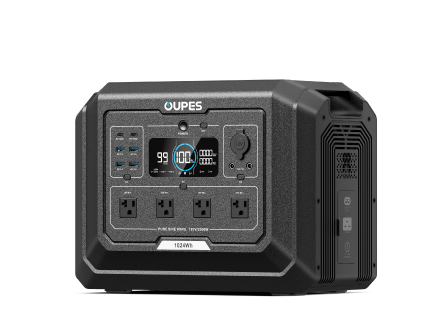
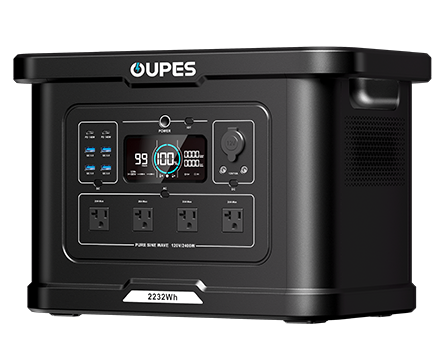
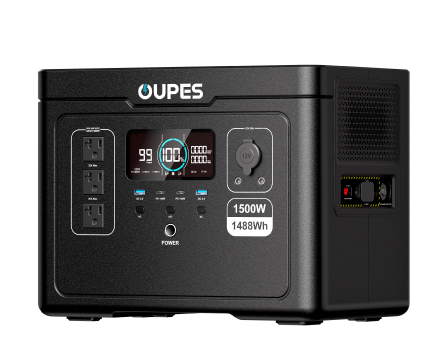
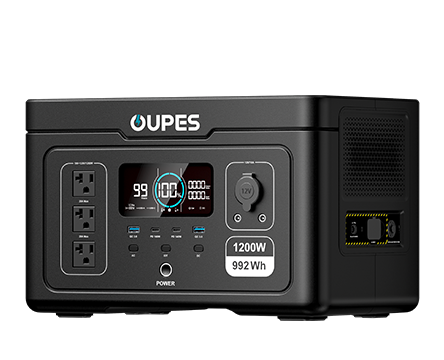
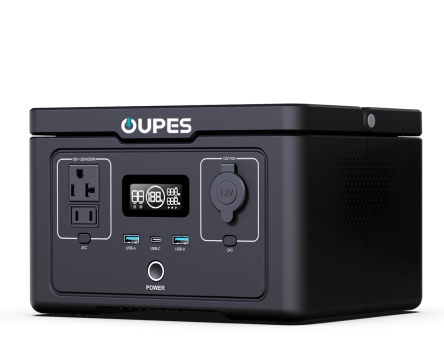
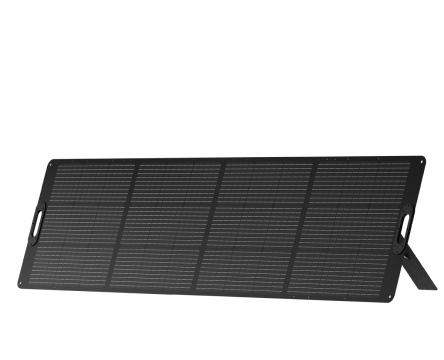
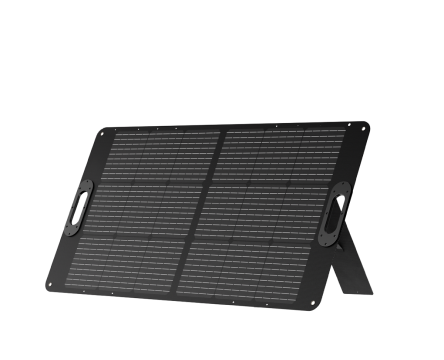
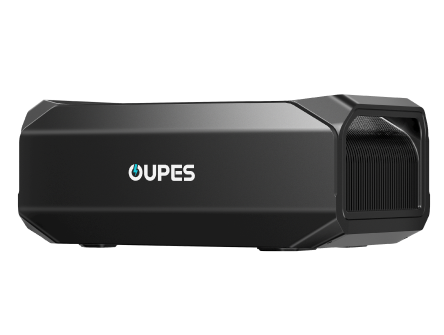
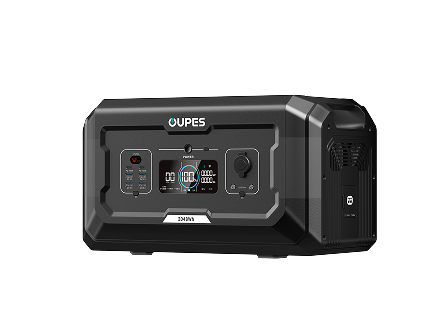
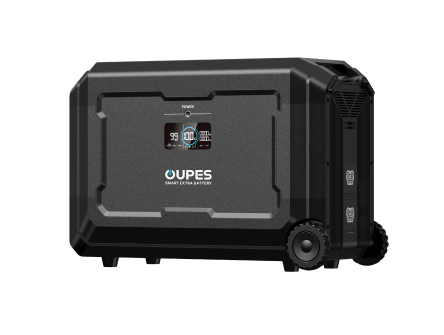
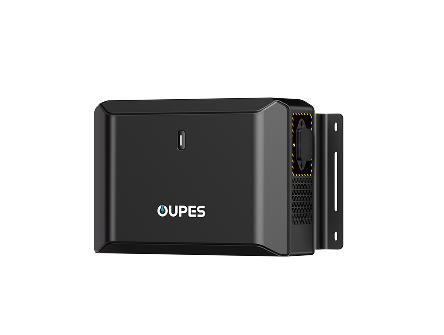
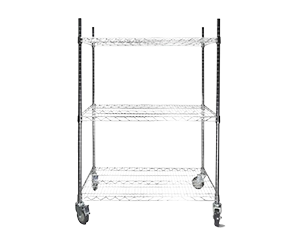
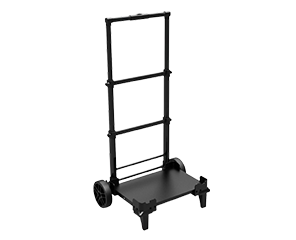

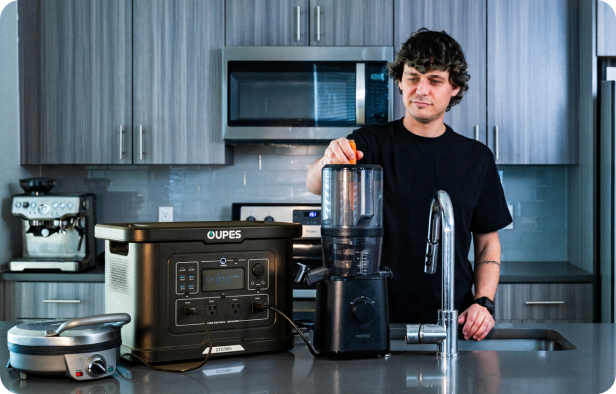
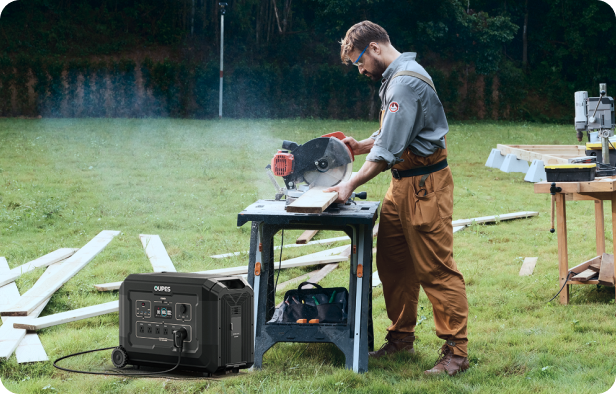
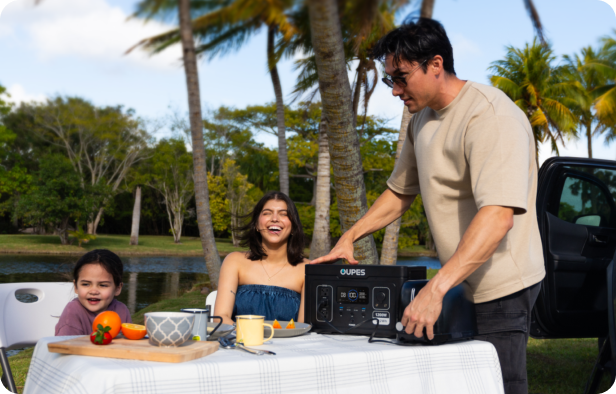
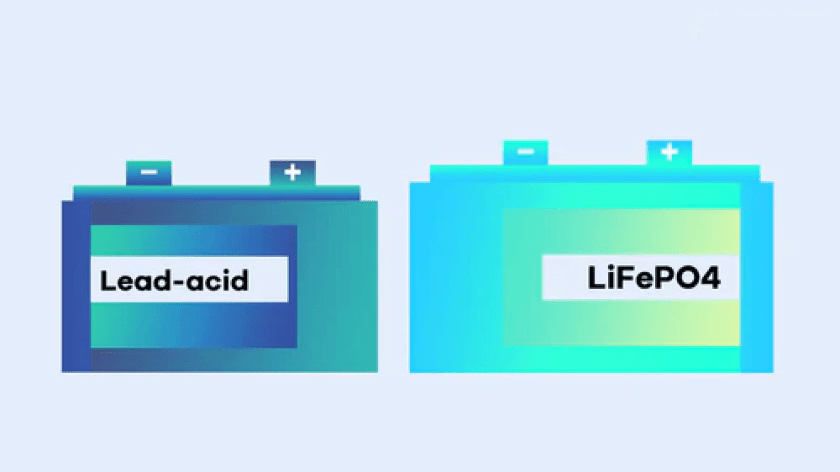



Leave a comment
This site is protected by hCaptcha and the hCaptcha Privacy Policy and Terms of Service apply.